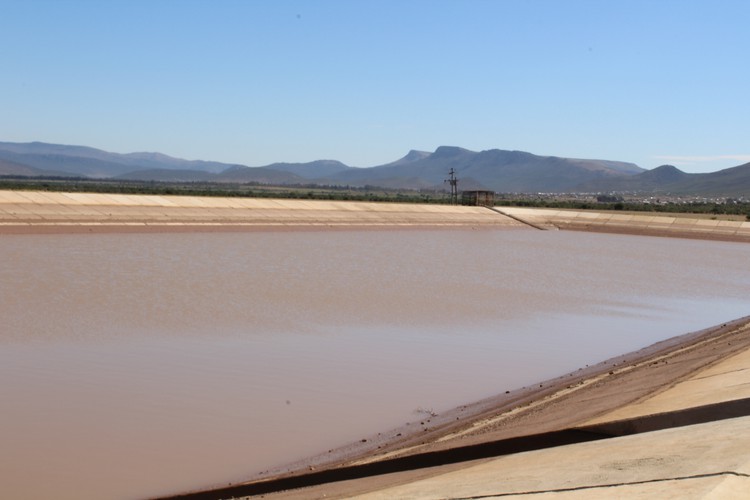Call for dam to be fenced after child drowns
Open dams in Cofimvaba have claimed several lives
The drowning of a five-year old in October has revived demands for the fencing of four dams in Cofimvaba in the Eastern Cape.
Luniko Mthabatha drowned on 14 October when he slipped and fell while playing with other children near the dam in Ntshingeni Village, his family said.
Residents say several people have drowned in the open dams in the area in the last few years.
Community leader Monwabisi Xekethwana said four dams had been built in the village during the apartheid era to supply neighbouring farms. One had been fenced but the other three had not been fenced, he said.
“Some of our villagers use them for their livestock for drinking and for irrigation in our gardens. But that is not important, we want these dams fenced because not only children are at danger here but elders too’’, said Xekethwana.
He said the dam where Luniko drowned had claimed seven lives. A teenage girl had drowned last year, he said.
Nombongi Mthabatha, grandmother of Luniko, said her grandson was in grade R at Ntshingeni Primary School. He had come back from school with other children and then gone out again and one of the other children had come to tell the family what had happened.
“It was the horror of my life when I arrived at the dam. The community was there surrounding the dam. No one could jump in and save my grandson’s life because the dam was overflowing with water. We had to wait for police to call the divers from Mthatha,” she said in tears.
The dam had to be partly drained before the divers’ search could start.
“I could not believe my eyes when they came out with the corpse of my little grandson. Even now, I am unable to shake off that image.’’
She said the children had been told not to play near the dam. “We always warn them to never go near this dam because it is too big and scary. It was worse that day because it was heavily raining the previous day,” she said.
Luniko’s mother Sinawo Mathabatha could not talk to GroundUp.
Councillor Neliswa Godini said she had been told by the municipality that the dams were not fenced because they were leaking and had first to be fixed. But, she said, fencing would not be enough anyway to keep the children safe. One dam was fenced but children played inside because the gate was not locked.
Siphiwo Ntsabo from the Department of Water and Sanitation said the department would have to find out if these were municipal or departmental dams. “I am not trying to shift the blame, but it is important to first discover the ownership of the dams. After that we can come up with a solution to address this issue of the drownings.”
He said the department had a Dam Safety Awareness programme to educate people about preventing drowning and a team would go to the village while the ownership of the dam was being investigated.
If the dams were the responsibility of the department, a meeting would be held with the community to discuss issues of fencing. Some in the village might not like the idea of fencing because of their livestock, he said.
Letters
Dear Editor
Sad as it is to lose a child, fencing dams will never be the solution. Firstly, the fence will be broken on day one to allow livestock through. Secondly, scrap metal thieves will be there in a shot. Our history of projects (most likely paid for in advance) is not great, and the odds are it will be another scandal... And where will it end? Rivers, dams, the sea.
© 2018 GroundUp.
This article is licensed under a Creative Commons Attribution-NoDerivatives 4.0 International License.
You may republish this article, so long as you credit the authors and GroundUp, and do not change the text. Please include a link back to the original article.



